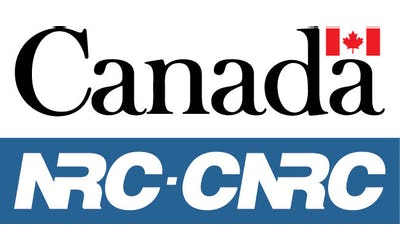Part 2 of 2 Parts (Please read Part 1 first)
A big achievement since the 2015 IEA review of Canada’s nuclear industry was the publication in 2018 of a Canadian Roadmap for SMRs. The IEA says it “commends the government of Canada for conducting an extensive stakeholder engagement process in order to identify the most promising market opportunities at home and abroad”. Three emerging streams have been identified. They are matched with active interest by several provices.
First, there are plans for near-term on-grid SMRs for the replacement of coal power plants, primariliy in Ontario and the Saskatchewan. These plans would rely on the most mature SMR designs, with potential construction of a demonstration plant at Darlington by the late 2020s. These would be followed by a plant at Saskatchewan in the early 2030s.
Second, New Brunswick is pursuing innovative next generation on-grid SMRs for its Point Lepreau site as well as the export market. These plans include possible technolgies to recycle spent nuclear fuel as fuel for SMRs.
Third, there are plans for SMRs for off-grid applications. Several mining companies have indicated potential interest and are carrying out feasibility studies for SMRs to replace diesel generators.
The IEA mentions that four provinces (Alberta, Ontario, New Brunswick and Saskatchewan) have signed an interprovincial SMR MOU in which they agree to collaborate on SMR development and deployment. It calls on the Canadian federal government to provide funding for SMR projects as well as risk-sharing mechanisms.
At the Canadian federal level, the National Research Council (NRC) launched Canada’s SMR Action Plan in late 2020, building on the SMR Roadmap. It acknowledged the role that the government has to play in suppporting the advancement of SMR technology in Canada. Up to the present, financial support decisioins appear to have been made on a project-by-projectbasks. The IEA notes that, “Given the scale of financial support needed to move SMRs to commercial deployment, the next steps of the Canadian SMR policy would certainly benefit from a more integrated approach that develops a clear long-term industrial strategy for the sector.” The availability of sufficient financial support at the federal and provincial levels for the different project development phases should be a key priority.
The IEA makes four recommendations with respect to nuclear power. They say that the Canadian government should do the following:
Assess the long-term contribution that the existing Candu nuclear fleet and nuclear new builds (in particular small modular reactors [SMRs]) could play to meet Canada’s net zero climate goals for 2050 through both low-carbon electricity and heat.
Build on the momentum of the Canadian SMR Roadmap and Action Plan and offer timely federal support for ongoing SMR projects unders discussion at the provincial level. A key priority should be to ensure that the required policy reforms are in place to allow for the licensing and construction of the first demonstration projects expected in the late 2020s.
Foster international collaboration. This sould be done especially for international licensing of innovative SMR technologies and for Candu international prospects. Prior experience should be leveraged in nuclear technologies and first mover advantages in SMRs.
Support the Nuclear Waste Management Organization in its mandate to select a site for a deep geological repository by 2023. There should be continuing strong community engagement and stakeholder involvement. Options should remain open for potential fuel recycling if the need and/or opportunity arises.
